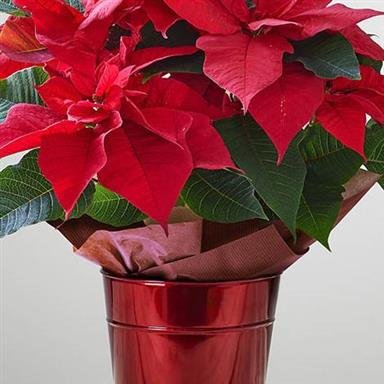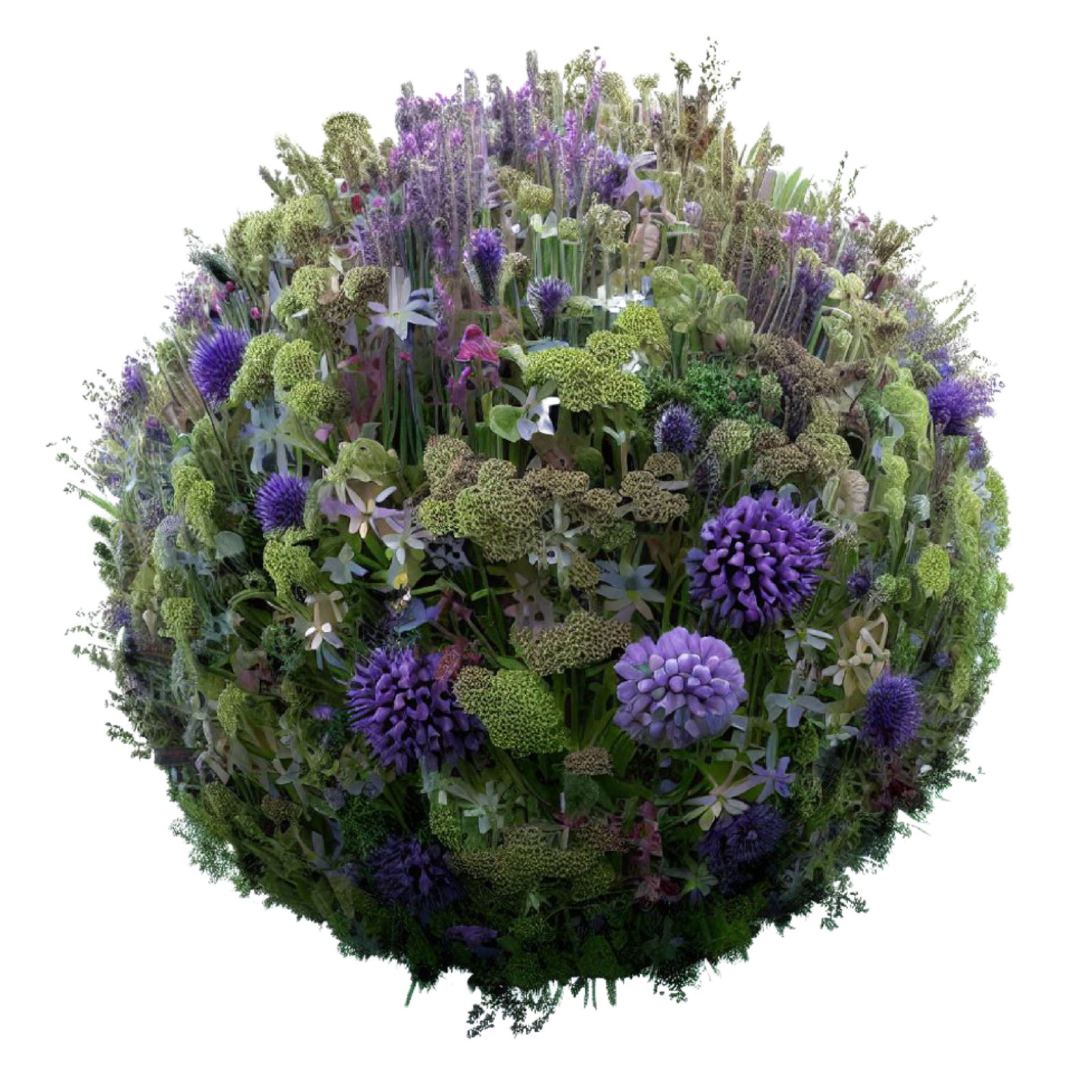That’s what Monty Don says and I agree. But it’s incredibly common. UK gardeners are responsible for destroying our ‘rainforests’. It has to stop and we can make it happen.

OK, so why is this such a big deal?
First and perhaps most importantly, peatlands are essential in our fight against climate change. Whilst they only take up 3% of land area in the UK, they store 30% of soil carbon – a staggering 3.2 billion tonnes, in the UK alone. Sadly, over 80% of the UK’s peatlands are damaged which means the peat is exposed to the elements and dries up – so instead of the carbon being stored it is emitted back into the atmosphere as CO2.
Apart from being beautiful, dramatic landscapes peat bogs are also home to rare and endangered wildlife, they help alleviate flooding and act as water filtration plants. 70% of drinking water comes from upland areas dominated by peat.

So why are peat bogs being destroyed?
Ignorance is a key factor. The main cause is agriculture but peat is also used for fuel – the bogs are mined and drained. Apparently, the amount of peat used as garden compost is small by comparison – and much of it is imported. Does this make it excusable? Definitely not. I wouldn’t want to be directly responsible for even a small part of destroying the rainforests, wherever they are – and the same goes for peat.
Why is it so difficult to wean gardeners off peat?
Peat is primarily used nowadays as a growing medium – it’s good at retaining water and nutrients. There’s a contingent in the garden industry who are adamant that nothing but peat will do. They say that peat-free composts are more expensive and require more processing.
Interestingly, there is a growing body of opinion that peat-free alternatives can work just as well – or even better than peat. I talked to Catherine Dawson from Melcourt Industries, who are the largest supplier of exclusively peat-free composting materials in the UK – they don’t sell anything containing peat. She said that one of their product ranges has received the Gardening Which? Best Buy Award multiple times. This is down to it’s good performance, rather than its eco-credentials!

The biggest problem for Melcourt is that they can’t keep up with demand. This is not simply due to Covid increasing interest in gardening, but also because the garden industry is beginning to wake up to the eco-impacts of peat. So much so that at the moment Melcourt can’t accept orders from new customers. Oh dear.
Of course, the upside of this is that peat producers have a ready-made alternative business proposition, that’s much more sustainable – in both senses of the word. Perhaps they’d move a bit faster if their customers were more adamant about moving to peat-free and refused to buy anything else.

The move away from peat will also require some adaptation by gardeners, as alternative composts don’t always work as a direct replacement. There may even be some plants that we no longer grow in our gardens. That doesn’t seem too much of a hardship to me.
What organisations are leading the way?
I’ve been prompted to write this blog because I was ordering some plants for my wilding project. I wanted to make sure that the plants hadn’t been grown in peat and furthermore that they came from a nursery that was completely peat-free. This proved to be far more difficult than I had realised. Actually, I was amazed that this issue has made so little progress in the last 20 years.
In about 2000 I wrote a poem to catch the attention of fellow Councillors on South Somerset District Council (SSDC). I can’t find it, but I remember that the final line was ‘If the National Trust can go peat-free why not the SSDC?’. I’m not sure it had the desired impact because looking at SSDC website the only reference to peat I could find was referring the peat moors on the Levels.

The National Trust on the other hand agreed their peat-free policy in 1999. I talked to Simon Toomer (National Specialist for Plant Conservation at the National Trust) to find out more about what they’re doing – and how they’re leading the peat-free charge.
He says that the Government has been slow to tackle the issue. They’ve set voluntary targets to halt all retail peat by 2020 and all horticultural peat by 2030 but the industry has fallen far short of this. He thinks the government needs to bring in a total ban on peat in compost – on extraction within the UK, its import, export and sale.
Simons’s view is that there hasn’t yet been enough demand for peat-free compost, which is why there hasn’t been enough effort put into alternatives. One of the biggest challenges for the National Trust and others who are trying to remove peat throughout their supply chain is plug plants. These are the small seedlings often propagated in multi-hole trays. He says that the buying power of the National Trust is not enough to get their suppliers to stop using peat for this.

Family run Blooming Wild Nursery, in Somerset, also made this point. They sell herbaceous perennials and ornamental grasses and have a peat-free policy. However, they haven’t been able to find peat-free seedlings from propagators.
My experience
Going back to my experience. I discovered that the trees I had ordered were grown in ‘peat-reduced’ compost and that it would be very difficult to find alternatives. Aargh. I decided not to cave in. I managed to talk to Mike Burks the MD of the Garden Group, who own Castle Gardens. He was extremely sympathetic to my position. Actually, he seemed to welcome being challenged on this issue because it gave him some validation for taking measures to reduce or eliminate peat from their offering.
He also acknowledged that it’s very important to educate customers on this issue and help them towards buying peat-free. However, it’s not easy to find their policy on peat on the company website! Hopefully, that will change soon! The thrust of the policy is that they’re working towards peat-free and promoting it to customers, but they are still selling peat products and sourcing reduced-peat alternatives as a stepping stone along the way.
The huge challenge for the industry is being able to find peat alternatives in the volumes that are needed. According to Plantlife, UK gardeners use about 3 billion litres of peat-based growing media a year. Yikes.
Now, I have a confession to make. Some of the trees I ordered arrived before I realised that they’d been grown in peat-reduced compost – and I didn’t send them back. In part, this was because the planting team were scheduled for the following day. But it was also because I thought that the environmental impact of returning the plants and getting replacements, would have been greater than using them and making a commitment to go peat-free for all future purchases.
I believe that making my voice heard, as a customer, and getting others to join me, will be the most effective way to get the gardening industry to go peat-free. This is not an issue for kicking into the long grass – the sooner the better. If you want to find out more there are numerous organisations raising the red flag about peat – see below for contacts.
I’m particularly impressed with the National Trust who made their commitment long before the rest of their sector. Hooray for them and hooray for Monty Don, whose voice is being heard. Garden centres and nurseries should be moving away from ‘environmental vandalism’ as fast as they can.

USEFUL LINKS
Blooming Wild Nursery – Somerset-based family-run nursery with a ‘peat-free policy.
CPRE – The bog blog: everything you never knew you needed to know about peat
Dogwooddays – Peat-free Nurseries List
Friends of the Earth – Why peat is good for the climate and nature: a guide
National Trust – Going Peat-free
Peat Free April – Campaign to encourage gardeners to stop using peat and switch to peat free compost or make their own.
Plantlife – why we need to keep peat in the ground – and out of our gardens
RHS (Royal Horticultural Society) – Peat-free growing media advice
The English Garden Magazine 30Mar20 – Go Peat-Free for PEATFREEAPRIL
The Gardens Group peat policy – our path to peat-free gardening
Powerful Peatlands – Peatland Solutions
Wildlife and Countryside Link – Where is England’s Peat Strategy?
Which? – Should I buy peat-free compost? 12mar21
UK Suppliers of peat-free growing media, found in The Garden magazine April 2021
Scotts – Love the Garden


